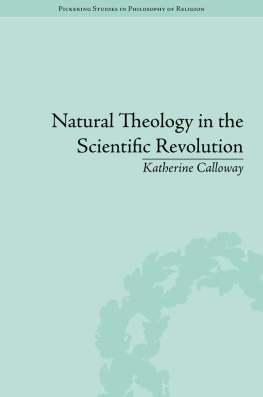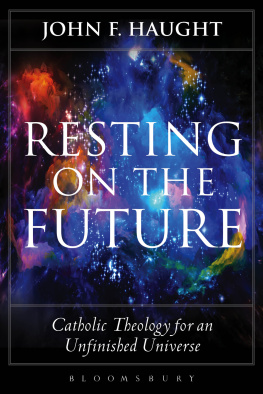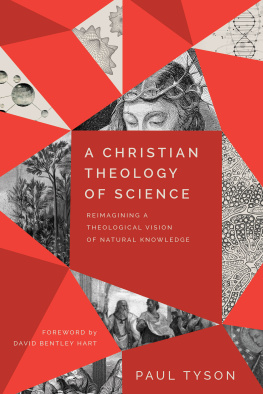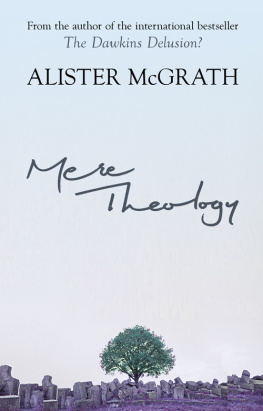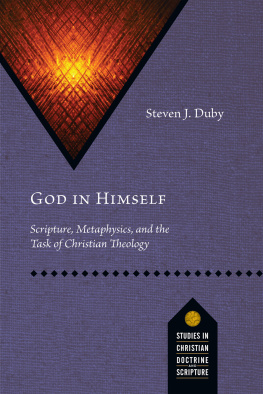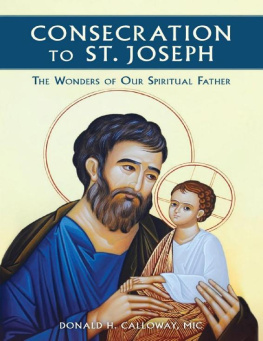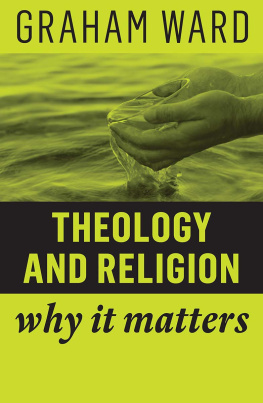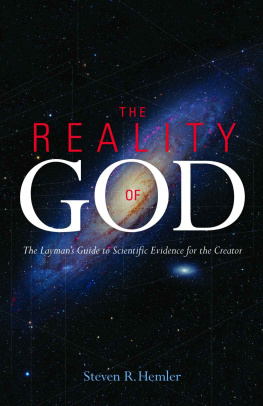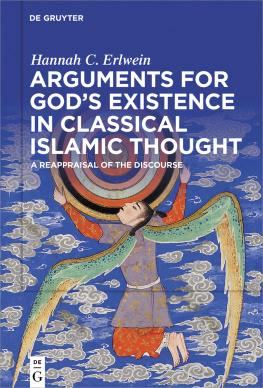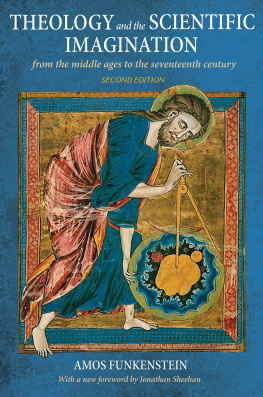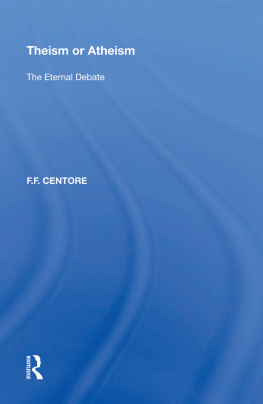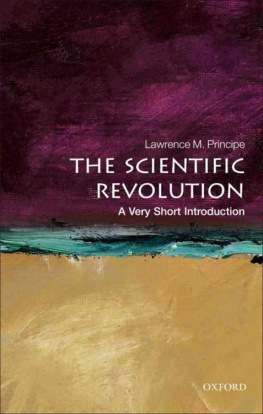ACKNOWLEDGEMENTS
This book began as a PhD thesis written at the University of British Columbia, and I remain grateful to my supervisory committee there, without whom it could never have taken its present form. Nicholas Hudson and Mark Vessey made available their impressive store of knowledge of the history of science and theology and read the manuscript with great care, smoothing out rough places and offering constructive criticism where necessary. And my supervisor, Dennis Danielson, has been a steady guide from first to last, initially pointing me towards the most helpful resources and lines of inquiry and remaining present to offer guidance long after his official responsibilities ceased. This project is greatly indebted to him, both directly and indirectly as I have looked to his example of rigorous, faithful historical scholarship.
I owe many other people thanks for Natural Theology's progress from thesis to book. I am grateful, first, for the vision of the editors at Pickering & Chatto, who have recognized with this series the importance of an understanding of history to discussions of philosophy of religion. Philip Good in particular first contacted me and worked to bring the book in line with the series aims, and Russell Re Manning and Sophie Rudland have seen that process through, and the book is much better for the focus and clarity they have brought to it. During these revisions, a number of learned people read and commented on the manuscript, in whole or in part, and I am tremendously grateful to them: John Hedley Brooke, Steven Fallon, Leni Robinson (who first suggested the topic) and David Parry. Moreover, when the project required a breadth of philosophical and theological knowledge that reached beyond my disciplinary training, several readers offered vital insights from those disciplines, including J. I. Packer, Elmer H. Duncan, Todd Buras, Sandra Visser, Lesley-Anne Dyer and Simon Burton. I am grateful to all of them for their responses and suggestions as the book took shape.
Finally, in both conceiving and writing Natural Theology, I profited from years of lively conversation with two practitioners of scientia in particular: my father, Terry Calloway, and my husband, Shinjiro Sueda, both of whom have always had eyes and ears for my humanistic preoccupations. Remembering those conversations, I dedicate this book to my parents, and to Shin.
1 RATIONAL THEOLOGY: HENRY MORE'S AN ANTIDOTE AGAINST ATHEISM (1653)
Henry More called his An Antidote against Atheism rational theology, not natural theology. Celebration of rationality and a polemic against the irrational persists through the text, which is otherwise remarkably elusive. More draws evidence from the external natural world as well as deducing from innate first principles, asserts the truth of supernatural events as well as urging the wondrousness of natural law itself, and purports to prove conclusively the existence of God while acknowledging that some readers will nonetheless not conclude that God exists. Although More's greatest stated aim is to combat atheism, he spends much of An Antidote combating atheism's pernicious bedfellow, enthusiasm, the mistaken claim of an individual to have access to divine knowledge without the means of reason. Relative to other natural theologies of the period, An Antidote therefore assigns to the human mind a high degree of agency and responsibility, and paints in a positive light the products of human industry, including written texts. More venerates ancient philosophers while protesting that he draws on an innate reason that he and they share. He succeeds better than other natural theologians of the period in keeping revealed doctrine out of his work, nor does he urge readers to supplement his account with what is known more directly about God's existence and nature. God's act of revelation, if it may be called that, was for More effected by his imprinting divine knowledge onto the human mind in actual knowledge or divine sagacity.
Or at least, from More's assertions and emphases in An Antidote, these are the things that should distinguish his natural theology. From the point of view of posterity, however, More is remarkable for levelling the first modern design argument, considering the world in detail as discovered by naturalists and pointing out how fitted that world is to its present purpose, and thence inferring the existence of a providential creator. Here I explore the paradoxical disjunction between More's stated purpose and his most historically influential achievement, asking what characteristics of his philosophy and temper might have led to that achievement.
Reconciling Contraries
More published An Antidote in 1653, his first major prose work. He had already begun to set out his philosophy in verse, in the four-part Platonick Song of the Soul (Psychodia Platonica, 1642), a metrical Essay upon the Infinity of Worlds out of Platonick Principles (1646) and a collected Philosophical Poems (1647) with an appended essay espousing the existence of the soul before birth. In the late 1640s More corresponded briefly with Descartes about particulars of his philosophical system, and in 1650 and 1651, respectively, he published his Observations and Reply on the Anthroposophia Theomagica of Thomas Vaughan (1650) in an effort to distinguish his own views of the human soul from Vaughan's. The preface of An Antidote recalls these polemical texts and announces that More intends now to take a different tack, purging his prose of sarcasm and including nothing but plain reason in his first organized prose exposition of his developing philosophical system, which is not accidentally a work of rational theology. An Antidote is organized into three books: book 1 deals with his doctrine of innate ideas; book 2, with design in the natural world; book 3, with supernatural phenomena. He had yet to articulate fully his peculiar philosophy of a Spirit of Nature and his system of ethics; these would come later, in The Immortality of the Soul (1659) and Enchiridion ethicum (1667). Those texts buttress, expand on and complicate the dualistic philosophy More began to set out in prose in An Antidote. Expanding on theological claims made in An Antidote is More's influential work The Mystery of Godlinesse (1660), in which he reiterates not only his dualism but also his claims about the demonstrability of the truth of Christianity. An Antidote, however, is More's only work of natural theology proper, and it is this text that would exert a direct influence on English natural theology for decades, and in constituting the first sustained work of physico-theology an indirect influence until the present day.
More's emphasis on reason in An Antidote will not surprise those who are familiar with his life and thought. The most notable feature of his young life was his departure from the Calvinism of his parents: he narrates decades later that, even from his youth, their hard doctrine concerning Fate in his view assigned too little agency to human will.stripes within the church. They emphasized adherence to a few central doctrines that they held to be easily seen and believed by all who were in their right mind, and they believed that the best course was to discover and live by these common rational principles, rather than wasting energy debating lesser points of doctrine. Because of the close affiliation between such broad-minded ecclesiastical views and the monarchy, these men fell out of public favour at the deposition of Charles I in 1649 and then enjoyed an explosion in popularity after the restoration in 1660. Through all these developments More showed himself a true believer, preaching his own version of reason to an intellectual public that successively judged him too liberal and too eccentrically dogmatic.

